Last Updated on February 1, 2023
With Buenos Aires, Patagonia and all that wine country, we understand that Rosario can be easily overlooked on a trip to Argentina. That’s why all the Porteños (locals in Buenos Aires) escape here during major holidays. Which we only learned because our visit coincided with Easter weekend, and all of the hotels in Rosario were completely booked. Oops.
To Porteños, Rosario is a ‘quaint’ city of just over 1 million inhabitants. Here they can shop in stores that aren’t crowded, sip coffee in quiet cafes and stroll for miles and miles along the Paraná river in peace.
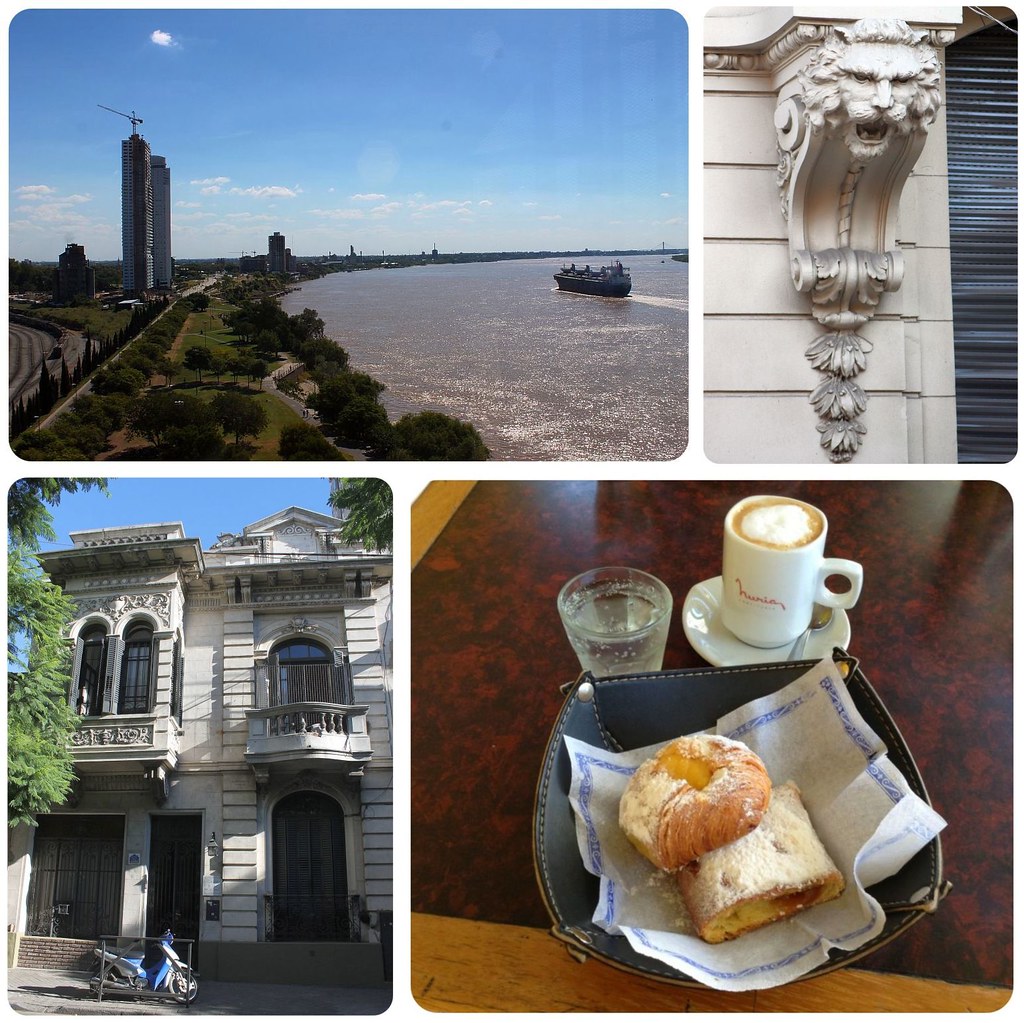 Rosario is the kind of city we absolutely love. It’s not a showcase city like Buenos Aires or the seat of government. But as the birthplace of the national flag and Che Guevara, Rosario sure ain’t quaint, either.
Rosario is the kind of city we absolutely love. It’s not a showcase city like Buenos Aires or the seat of government. But as the birthplace of the national flag and Che Guevara, Rosario sure ain’t quaint, either.
Unlike his image plastered across T-shirts and magnets throughout the rest of the world, we couldn’t believe how absent Che Guevara’s image is in Argentina. Even here in his birthplace, we only happened to stumble across the apartment where he was born, on the street Entre Rios 480, which is still a private residence marked only by sign out front. (The Guevara family home in Cordoba where they moved shortly after his birth is now a museum.)
Snooping around a bit, we did find a large mural of him in a nearby plaza and local friends showed us a statue made of melted keys much further outside the city center.
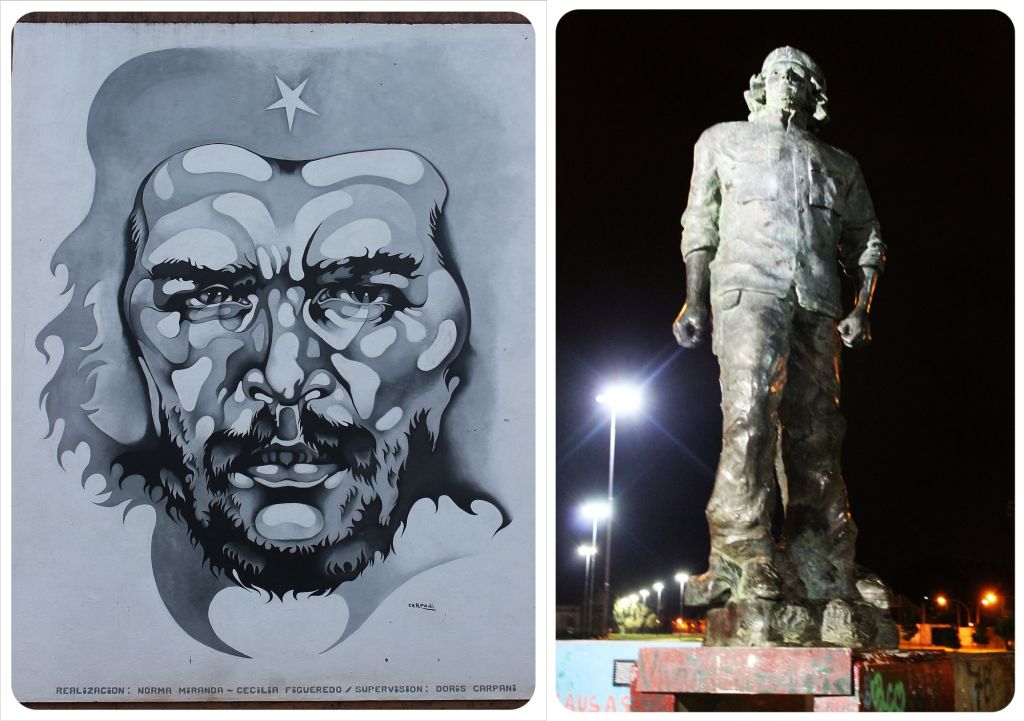 Pride in the national flag? Now that’s another story. The massive, 78m high monolithic monument to the flag, aptly called the Monumento Nacional a la Bandera, is just off the waterfront and practically impossible to miss. An eternal flame burns in the center, and Manuel Belgrano, designer of the Argentine flag, rests in a crypt below.
Pride in the national flag? Now that’s another story. The massive, 78m high monolithic monument to the flag, aptly called the Monumento Nacional a la Bandera, is just off the waterfront and practically impossible to miss. An eternal flame burns in the center, and Manuel Belgrano, designer of the Argentine flag, rests in a crypt below.
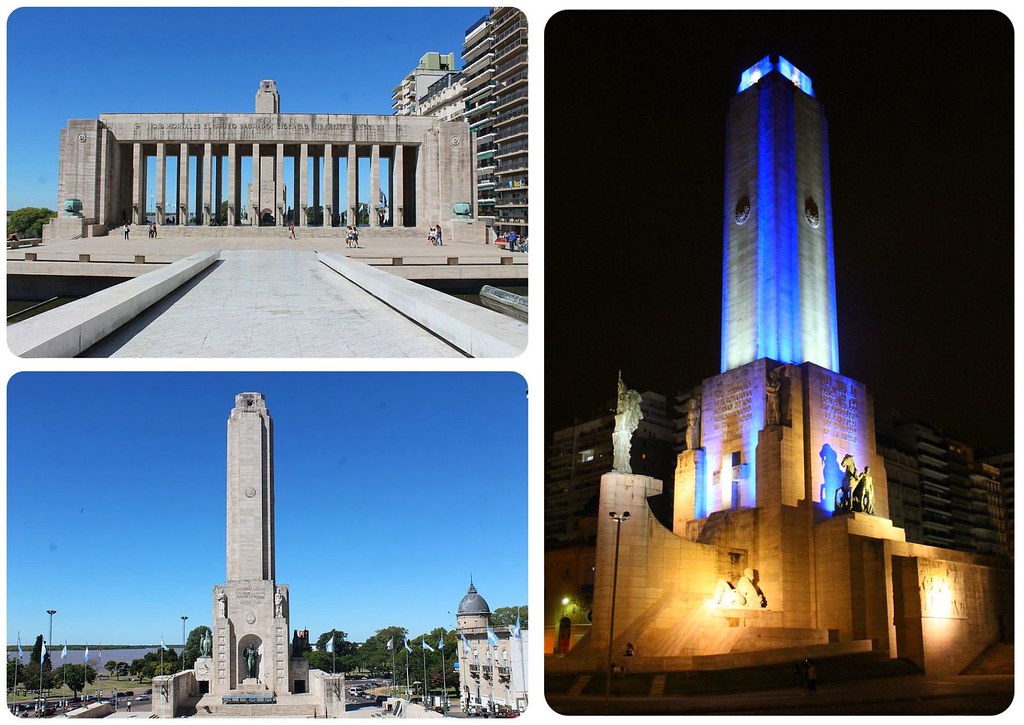 And LGBT pride is front and center here, too, we discovered, when we spotted a monument to sexual freedom one day while walking the river promenade. The first country in South America to legalize same sex marriage, Argentina is at the forefront of human rights as it relates to the LGBT community. Much of that progress came as a result of former Rosario congresswoman Silvia Augsburger, who has led the charge not only for marriage equality and women’s rights, but also wrote the transgender rights bill in 2007 that was finally passed in 2011, which covers gender reassignment surgery under national insurance.
And LGBT pride is front and center here, too, we discovered, when we spotted a monument to sexual freedom one day while walking the river promenade. The first country in South America to legalize same sex marriage, Argentina is at the forefront of human rights as it relates to the LGBT community. Much of that progress came as a result of former Rosario congresswoman Silvia Augsburger, who has led the charge not only for marriage equality and women’s rights, but also wrote the transgender rights bill in 2007 that was finally passed in 2011, which covers gender reassignment surgery under national insurance.
 Despite its openness, Rosario isn’t a particularly ‘alternative’ city. In fact, there are still meat and potatoes experiences to be had – literally. We spent Friday evening at a barbecue down at the Paraná River, where for a few pesos, locals can set up and grill their steaks and sausages late into the night all along the water. However, Rosario can definitely feel young, with loads of bars and restaurants along Avenue Pellegrini, plus student bars and lots of street art throughout town.
Despite its openness, Rosario isn’t a particularly ‘alternative’ city. In fact, there are still meat and potatoes experiences to be had – literally. We spent Friday evening at a barbecue down at the Paraná River, where for a few pesos, locals can set up and grill their steaks and sausages late into the night all along the water. However, Rosario can definitely feel young, with loads of bars and restaurants along Avenue Pellegrini, plus student bars and lots of street art throughout town.
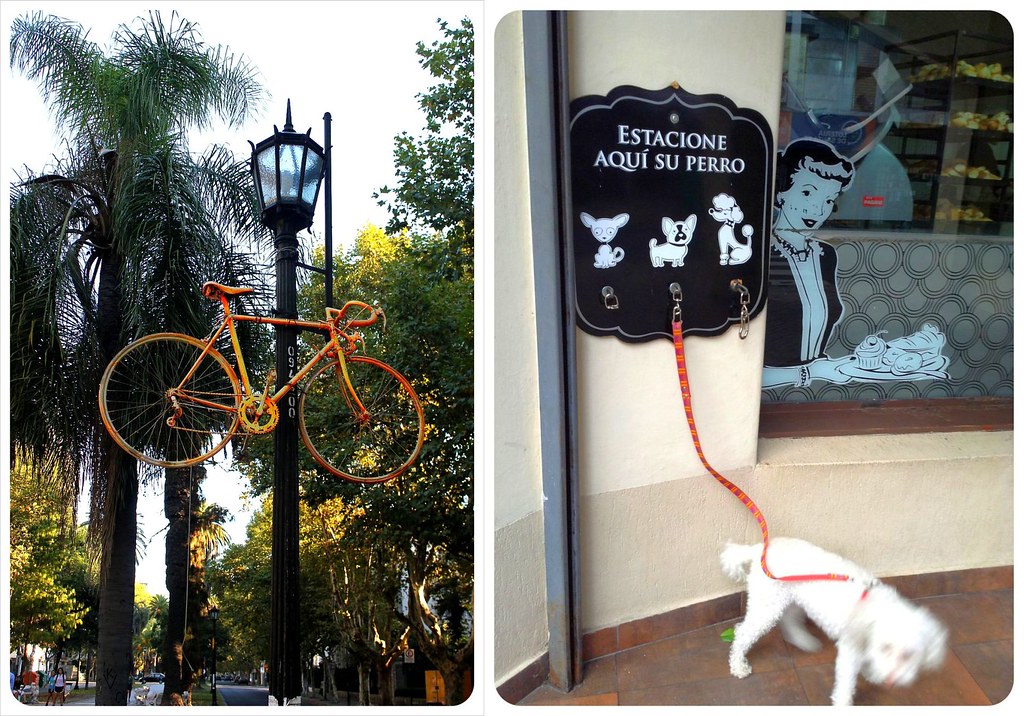
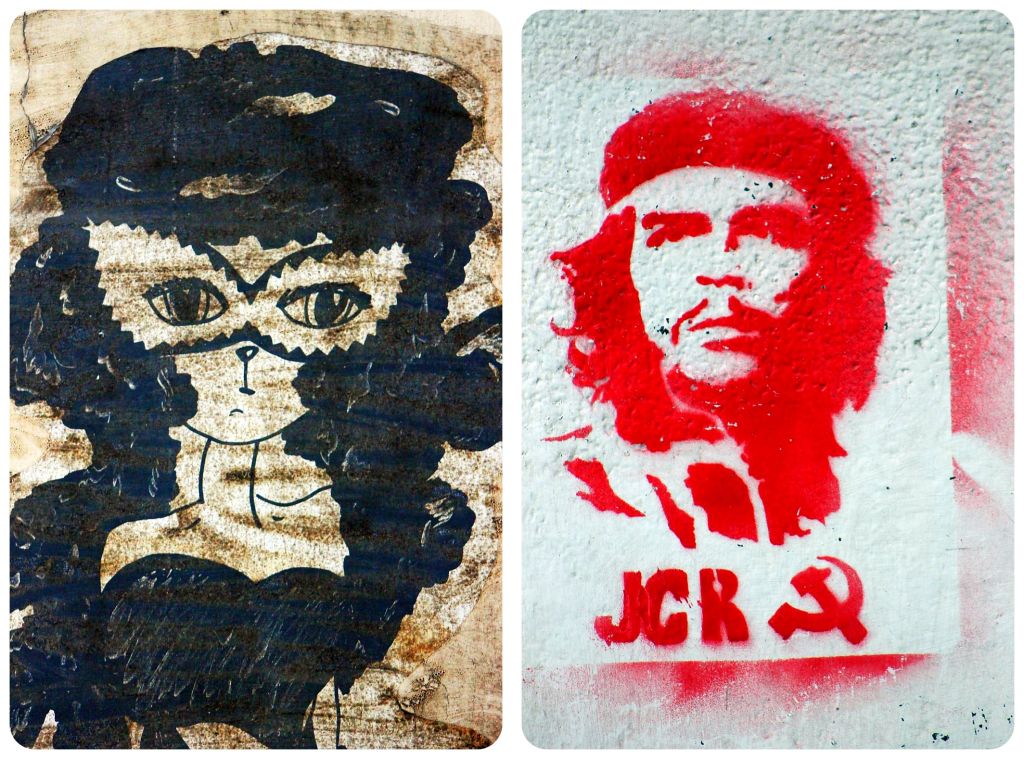 We did find plenty of vegetarian options in town. Along the long pedestrian shopping street, Corrientes, we ate twice at Verde Que Te Quiero Verde – a long name essentially professing a love of greens. El Real on Calle Tucuman also had great veggie options and an affordable lunch menu, and we loved spending the mornings working at the traditional Argentina Victoria Bar and Café (on the corner of Roca and San Lorenzo) with its sprawling wooden bar and beautiful courtyard. In true Argentine style, once they have served you a ridiculously strong coffee, they will promptly ignore you until you flag them down, so you can plug in and just work for hours. Not only was the city filled with delicious food options, but you would also get them at a fraction of the price you’d pay in Buenos Aires for them!
We did find plenty of vegetarian options in town. Along the long pedestrian shopping street, Corrientes, we ate twice at Verde Que Te Quiero Verde – a long name essentially professing a love of greens. El Real on Calle Tucuman also had great veggie options and an affordable lunch menu, and we loved spending the mornings working at the traditional Argentina Victoria Bar and Café (on the corner of Roca and San Lorenzo) with its sprawling wooden bar and beautiful courtyard. In true Argentine style, once they have served you a ridiculously strong coffee, they will promptly ignore you until you flag them down, so you can plug in and just work for hours. Not only was the city filled with delicious food options, but you would also get them at a fraction of the price you’d pay in Buenos Aires for them!
 Down in the Del Abasto neighborhood, we visited the Bellas Artes museum, which is an easy half an hour visit unless you are very into history, but stop there on your way to the Parque de la Independencia, a busy, fun park with families eating ice cream, friends out on paddle boats, popcorn and those typical Latino clown comedy acts.
Down in the Del Abasto neighborhood, we visited the Bellas Artes museum, which is an easy half an hour visit unless you are very into history, but stop there on your way to the Parque de la Independencia, a busy, fun park with families eating ice cream, friends out on paddle boats, popcorn and those typical Latino clown comedy acts.
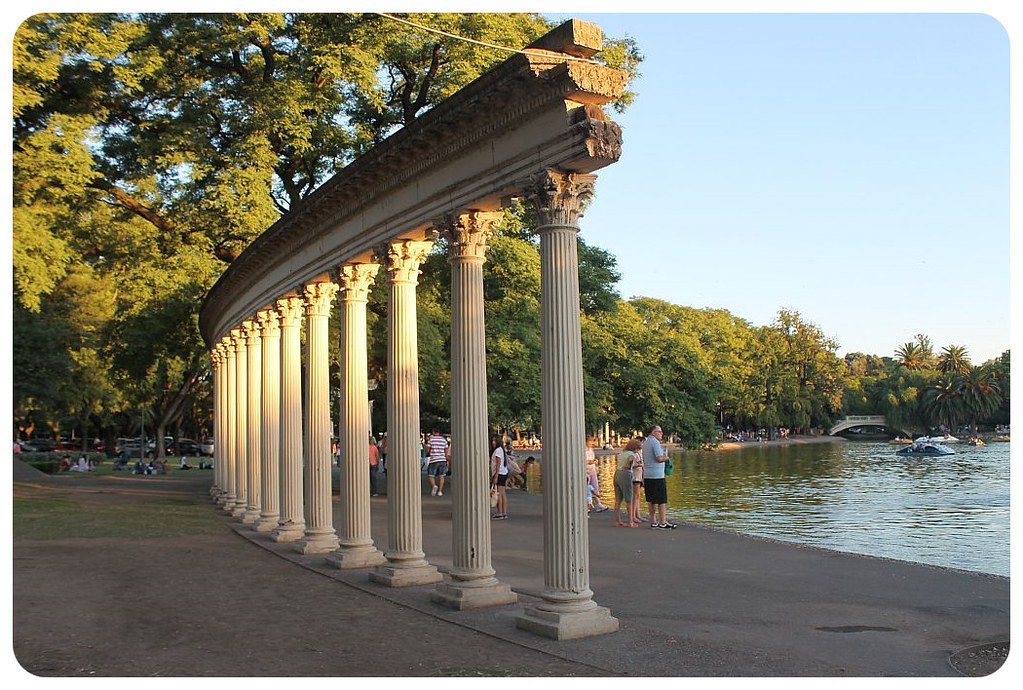 From there, we walked down Boulevard Oroño, a grand, tree-lined boulevard with a tiled middle strip with benches and plenty of space for people to cycle, rollerblade and walk down to the riverfront. A good half hour walk, it brings you right to the MACRO Contemporary Art Museum, instantly recognizable by the brightly painted grain silos right on the Paraná waterfront. MACRO houses work by young local artists in small galleries spread over eight floors, plus there is a good view of the river islands from the mirador (viewpoint) at the top.
From there, we walked down Boulevard Oroño, a grand, tree-lined boulevard with a tiled middle strip with benches and plenty of space for people to cycle, rollerblade and walk down to the riverfront. A good half hour walk, it brings you right to the MACRO Contemporary Art Museum, instantly recognizable by the brightly painted grain silos right on the Paraná waterfront. MACRO houses work by young local artists in small galleries spread over eight floors, plus there is a good view of the river islands from the mirador (viewpoint) at the top.

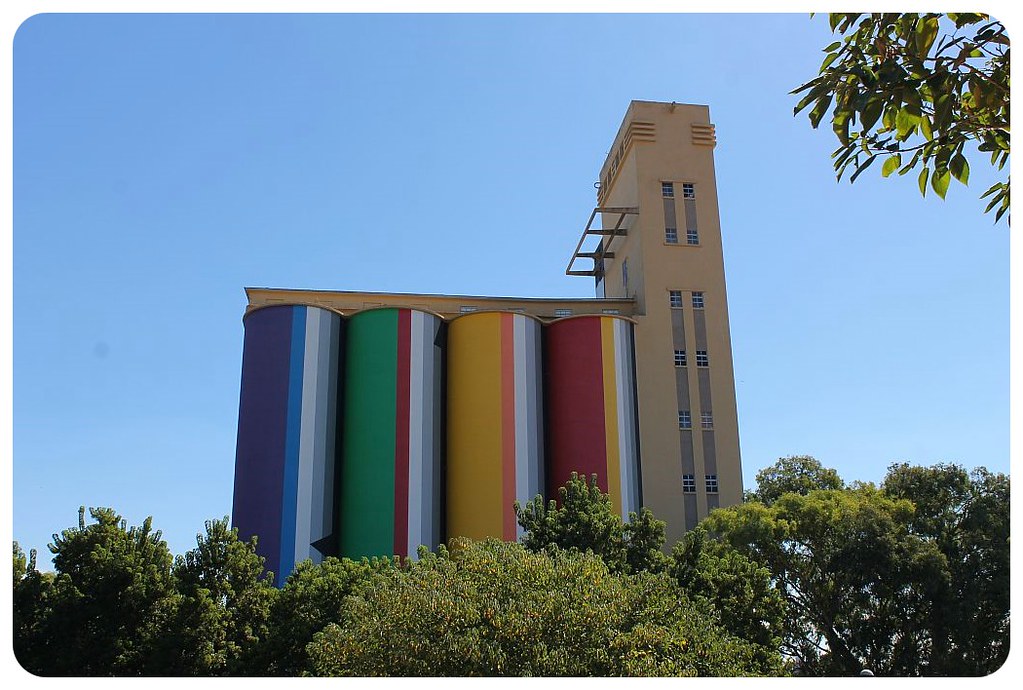 We didn’t make it out to the islands, but Isla Invernada Boats stop at several river beaches, called balnearios, leaving from the western shore of Invernada island. They are your typical summery islands, with ice-cream stands, music, boats, and beaches with umbrellas.
We didn’t make it out to the islands, but Isla Invernada Boats stop at several river beaches, called balnearios, leaving from the western shore of Invernada island. They are your typical summery islands, with ice-cream stands, music, boats, and beaches with umbrellas.
But if you’re really looking for beach, hit the Costanera Norte, the north coast, five km north of downtown. This stretch, along with the islands, are the best places to swim, and have sandy beaches, cafes, bars and volleyball nets.
 The wide tree-lined avenues, busy downtown bars and restaurants, gorgeous ornate architecture and beaches along the river give Rosario a sense of grandeur very reminiscent of Buenos Aires, with a sense of peace and quiet absent in the capital.
The wide tree-lined avenues, busy downtown bars and restaurants, gorgeous ornate architecture and beaches along the river give Rosario a sense of grandeur very reminiscent of Buenos Aires, with a sense of peace and quiet absent in the capital.
Rosario Travel Information
- Rosario is located about 185 miles (299km) north east of Buenos Aires. Buses run several times a day from Buenos Aires, Salta, Cordoba and all other major cities to Rosario – it takes about 4 hours to get here from the capital.
- There are plenty of hostels in town, but we’d advice to book well in advance, especially during Argentine holidays when the Porteños flock here. See below for recommendations.
- Three days are enough to get a good feel for the city and to see the main sights, but you can easily spend a week here, eating your way around town, chilling along the river promenade and on the beaches, explore the nightlife and the islands along the river.
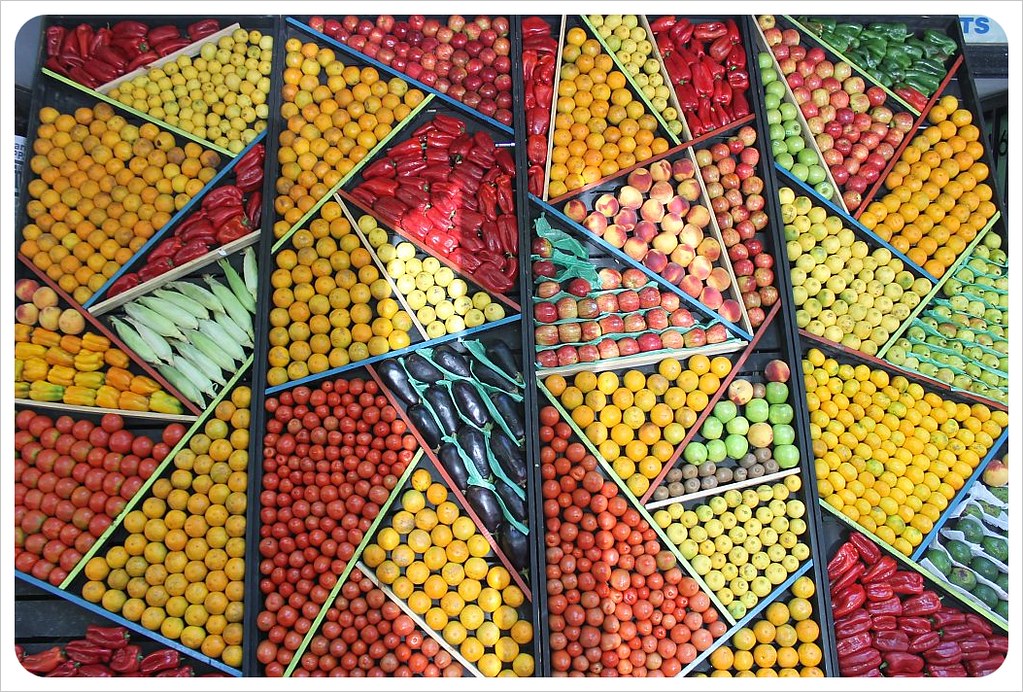
The best hotels in Rosario
If you are not sure where to stay in Rosario, here are some of the best hotels in the budget, mid-range and luxury range:
Best budget apartments and hostels
- High Hostel – Beautiful hostel in a historic building. Seasonal outdoor swimming pool. Dorm beds from US$10; private rooms from US$20.
- Bon Voyage Boutique Hostel – Travel-themed hostel with a lovely garden (BBQ facilities), bar, kitchen and library. Dorm rooms from US$10; private rooms from US$23 (breakfast included)
- AndiamO apartment – 1 bedroom apartment with fully equipped kitchen near Plaza Sarmiento. From US$28 per night.
- Rosario Up – Modern apartments with kitchen, Air Conditioning, balconies, city views. From US$38 per night.
Best mid-range hotels in Rosario
- Esplendor by Wyndham Savoy – double rooms from US$56 (including breakfast)
- Dazzler by Wyndham – Seasonal rooftop pool and Jacuzzi. Double rooms from US$56 (including breakfast).
- Urquiza Apart Hotel & Suites – Suites and apartments with kitchenettes. Seasonal rooftop pool, fitness center. Double rooms from US$56, breakfast included.
- Holiday Inn Express – double rooms from US$55 including breakfast
- Holiday Inn Rosario – double rooms from US$79
Best luxury hotels in Rosario
- Puerto Norte Design Hotel – modern boutique hotel with rooftop pool (year-round), sauna and spa, near the Alto Rosario Shopping Mall. Double rooms start at U$122, breakfast included.
- Ros Tower Hotel – 5* hotel with a heated rooftop pool and luxury spa facilities. Double rooms start at US$119 (Breakfast included)
- Hotel Casino Pullman City Center Rosario – Stylish, modern hotel with a beautiful outdoor swimming pool and an on-site casino, but it is a bit further away from the city center (about 5 kilometers). Double rooms from US$109, breakfast included.

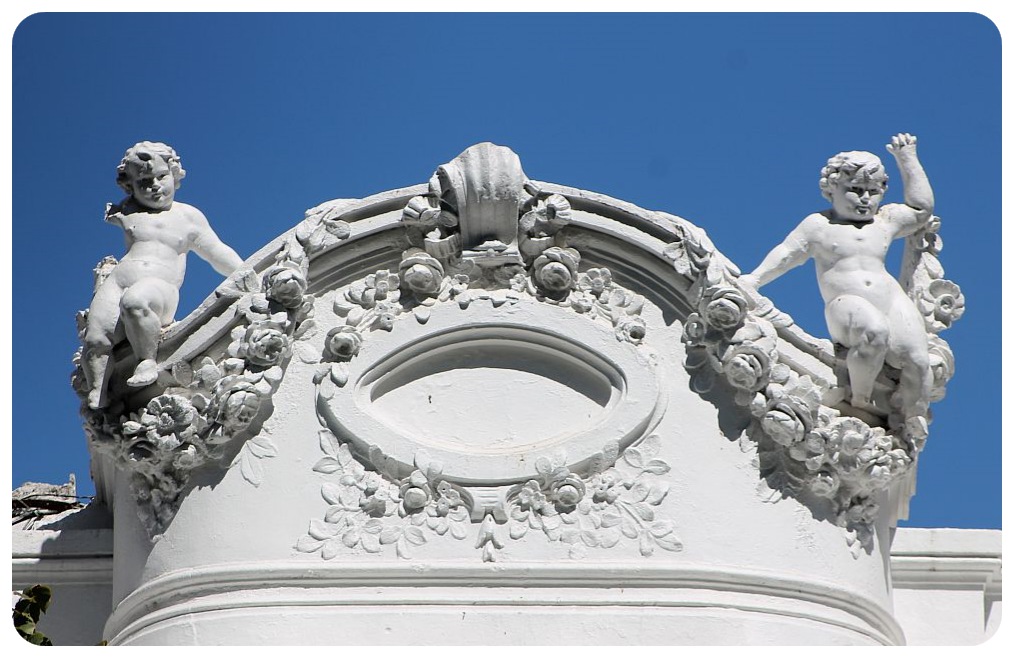
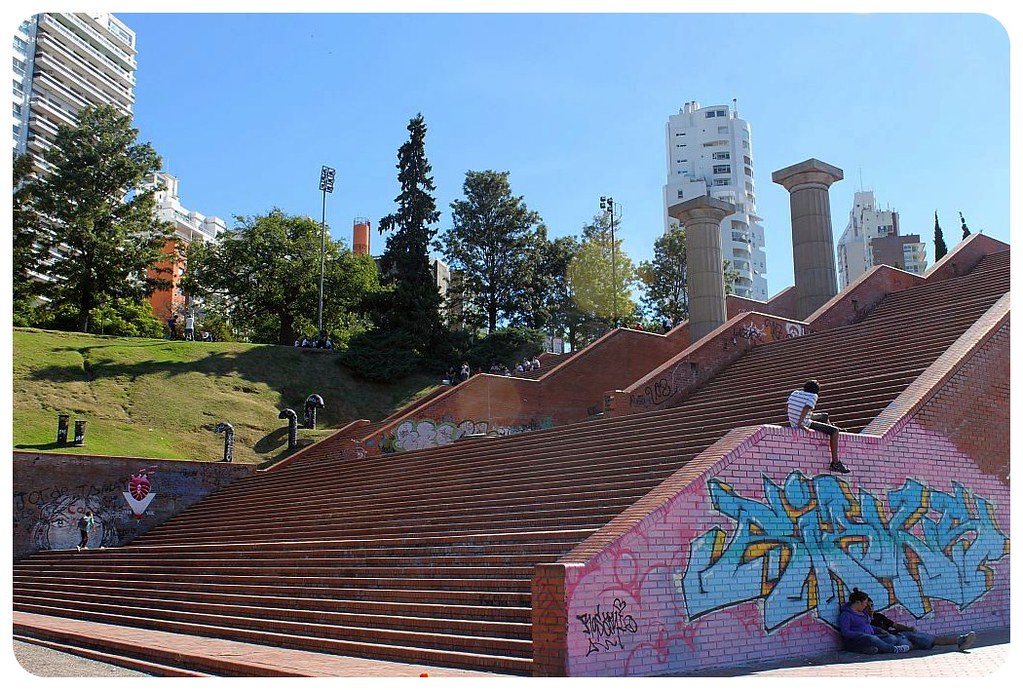
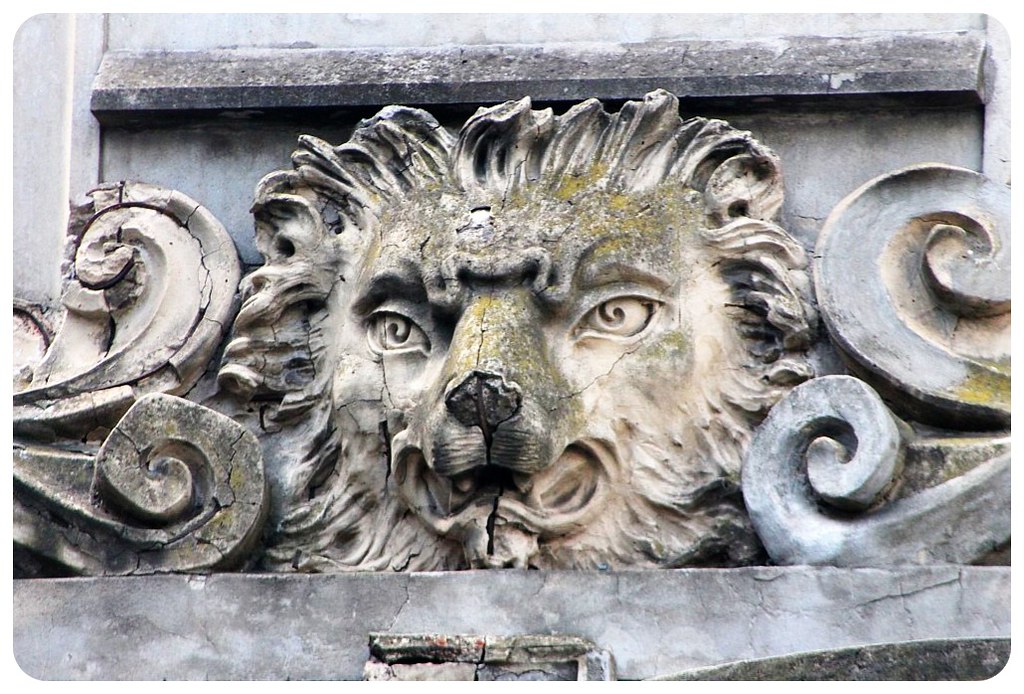


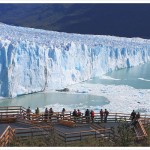
Rosario: gay guide to the best bars, clubs and hotels in Rosario
Wednesday 14th of September 2016
[…] around 3-4 hours drive from the big capital city or 4-5 hours by bus, making it the ideal weekend getaway from Buenos Aires, or a nice way to cut the journey if you’re heading West to Córdoba or […]
Emi
Friday 3rd of June 2016
Sorry Limón, but where are you from? We do have some differents foods from bsas, for example The Sandwich called "Carlitos" you can only eat it in Rosario, same thing happens with the river fish, we're used to eat fresh because we're really close to it. About the accent? Of course we do! It''s not so different like Salta o Cordoba, but if you compare it to a porteño accent, you should notice it (we don't use the S at the end of words, and porteños put it in words that doesn't go with S) yes, we don't have the cold sea that the porteños have to a shorter distance, but we have "el Paraná" a brown river where we all in the summer to the beach, to chill and to practise sports all year! And finally we're are really far From being a bsas "wannabe" city, because we are proud of being rosarinos and in generally we don't like the porteño attitude!
Limon
Wednesday 4th of March 2015
As for the streets and statues that ARE named after Che-Guevara / none pre-date the 90s - when foreign tourism took off in Argentina (and globalization and CNN made Argentinians aware of the link). The emphasis of the current administration on Human Rights and the bonding with fellow Latinamericans (the anti-Americanist discourse of CFK, Chavez, Evo) also helped
Dany
Saturday 7th of March 2015
Limon - thanks so much for your comments! Some great insights on Rosario, much appreciated! I really enjoyed my time in the city :)
Limon
Wednesday 4th of March 2015
That is to say - Rosario is too much like B.A. (only smaller and therefore perceived by portenos as a B.A. 'wannabe') being part of the same flat humid Pampa region and and just another extension of B.A. (as are the other small cities in the humid pampas) minus the gaucho folk-lore - it offers therefore nothing different from B.A. (Rosarinos don't even have a distinct accent or local culture or food such as Cordobeses, Correntinos, Saltenos) and therefore the massive preference for the sand and beaches of the Atlantic, the sundrenched hills (sierras) of Cordoba with their wonderful Mediterrenean landscape, weather and sunshine (did I mention that ?) or the virgin pine-forests, lakes and snowy mountains of Bariloche..
Limon
Wednesday 4th of March 2015
Great post about Rosario, 'the hometown of Messi' nowadays I´m afraid - Che Guevara left Argentina when he was an unknown university dropout and made his whole life and exploits in Cuba (where locals nicknmaed him 'che' - as Argentinians are often called in Latinamerica - after the funny meaningless word they use to adress each other) Argentinians identify him with the International history of Communism (as does the rest of the world) and sense no particular relationship to him (learning only late in life that he was an Argentinian- his name being absent from schoolbooks, streets, plazas, etc) associated as he is with such an unrelated foreing topic (more aking to Indonesia or Angola) such a Third World peasant revolt) As for portenos heading to Rosario, it is true they find it more relaxing - whenever they ever visit (which is only if they have some relatives, or business) - the favorite porteno destinations for the holidays are the classic three (by volume of visitors): sea, hills or mountains - which is to say: Mar del Plata, Cordoba, Bariloche (and all the tourist towns surrounding them)...